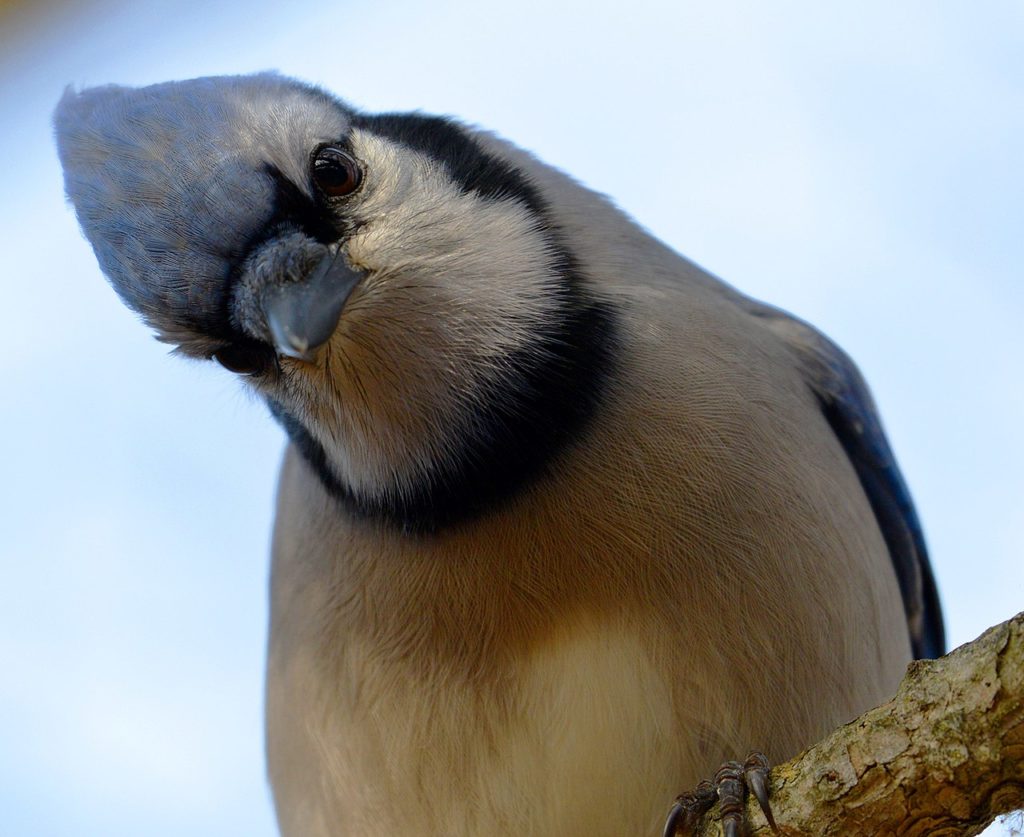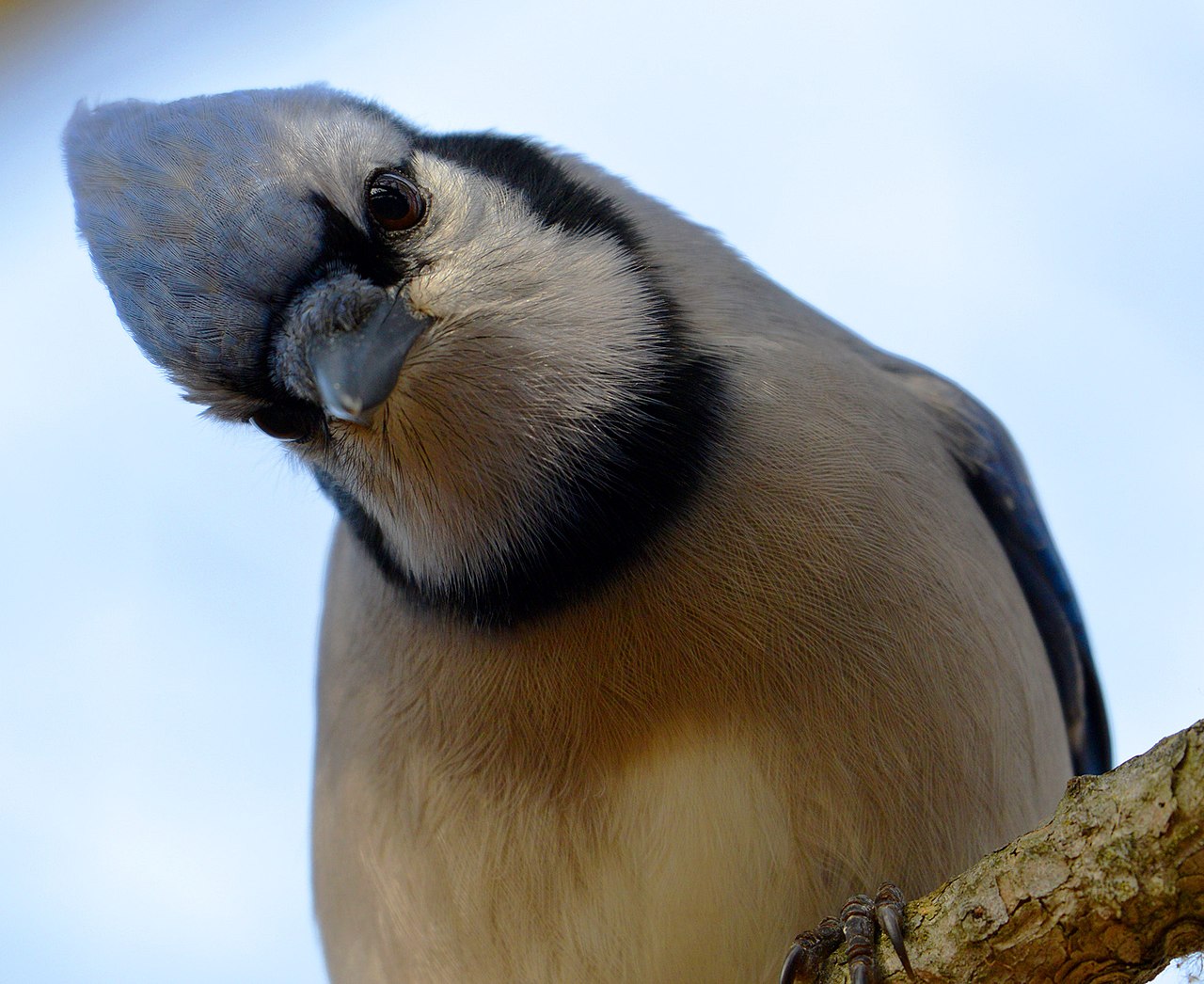As you may have learnt from some of my Frank Zweegers workshops, one of the greatest subjects we can have access to for a form of art such as photography is Mother Nature herself. I may be biased as a keen plant dad, but there is something so universal and powerful about natural landscapes, reminding us that our human experience is just a fraction of the incredible variety of life that goes on on our planet. If you are interested in starting out in this branch of photography, below are some tips that will help you get on the right direction!
One element that you will often find in my posts on this Frank Zweegers Blog is the concept of scale and dimension: when photographing, you have the decisional power of whether to focus on small details, conveying the minute precision that can be found in your subject, or to go for a literal bigger picture and capture the almost overwhelming grandeur that inspired the big artists of Romanticism. For big landscapes, do not be afraid to have some human element in your photograph, as it may help with the overall scale. On the other hand, for small details, you may want to separate your subject from the rest: to achieve this, try using a wider aperture, which will create a blurry, softer background.

When you shoot a human subject, as you have probably learnt from my Frank Zweegers Portraits Course, you can usually take all the time you want, and schedule the sessions you will need; however, nature does not abide by human concepts such as the arbitrary division of time, so you will have to adapt to the natural cycles of daylight and weather. For the best light, as you may know, avoid the middle of the day: the golden, rosy tones of dawn or sunset are ideal, as the light then will be soft and nuanced, unlike the unforgiving strong light of midday. You can experiment with your approach to these timings for things like a star trail, which you will have seen in my Frank Zweegers studio: with a stable tripod and a very long exposure, you may be able to capture the moving starry night sky for some truly breath-taking pictures.
One last tips to do with nature photography has to do with animal subjects: the most important thing you can do in this case is to study them first, observe their movements, so that you will be able to predict their moves. For example, if you are able to identify the exact moment in which a bird is about to set flight, you will know when to act to capture the precise picture you want.
